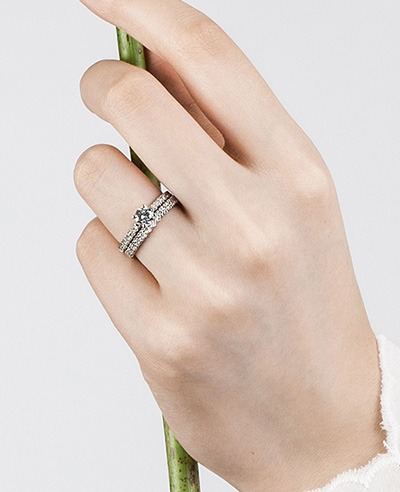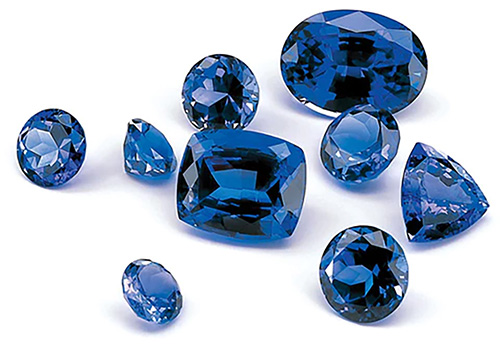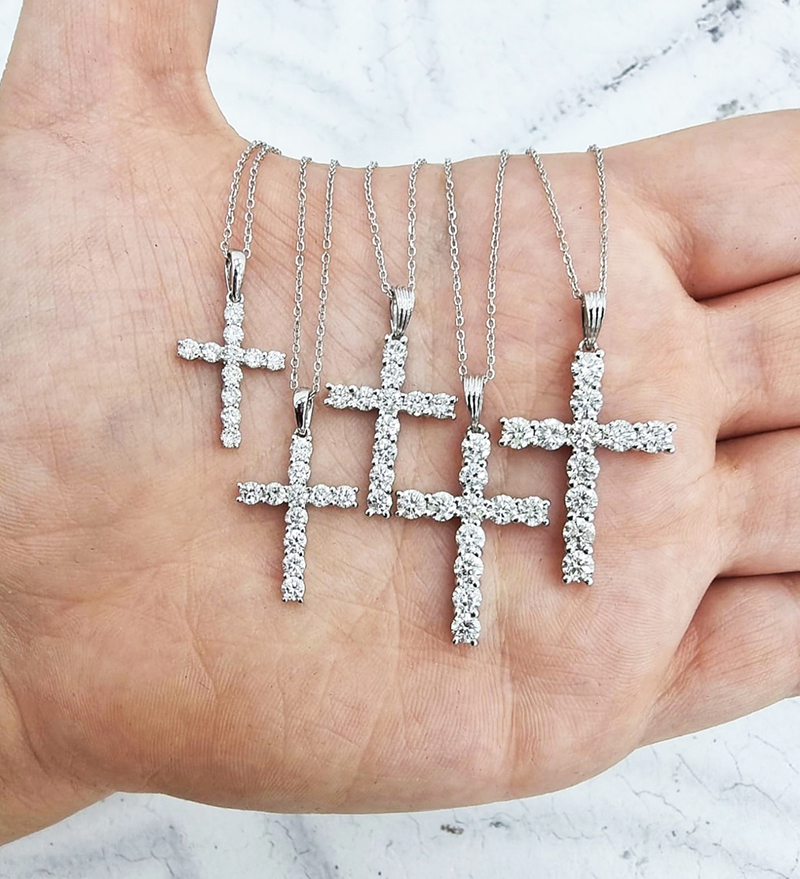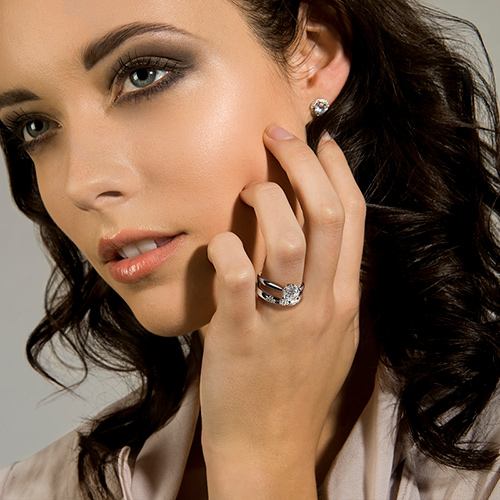Tips to keep your Diamond Ring Sparking
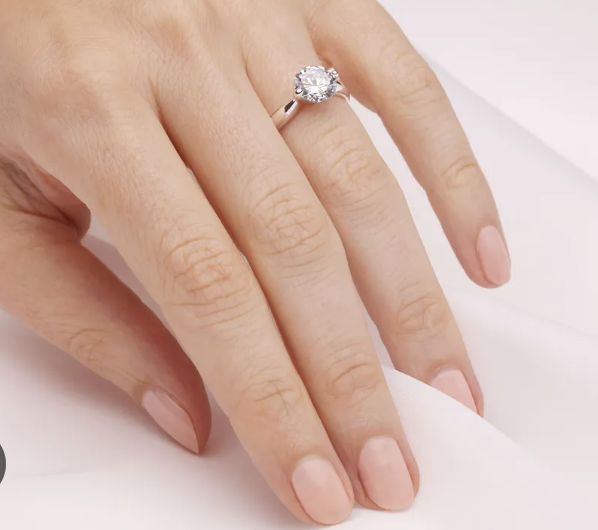
Tips to keep your diamond ring sparking, a jewellery care guide
The hardest natural substance on the planet is diamond. It can cut through any type of rock or metal, but only another diamond can cut through a diamond. In fact, to burn a diamond, it must be heated to temperatures ranging from 1290 to 1650 degrees Fahrenheit. However, the oil deposited by the mere touch of a human finger can cause dirt to accumulate, causing this nearly indestructible gemstone to quickly lose its gleaming appeal.
So, how do you keep your diamond and gems in pristine condition? Here are some hints for keeping your diamonds gleaming.
Cleaning your diamond rings
Rings in particular will accumulate a build-up of dust, oils from your hands and other substances such are hand creams. This can go unnoticed and you might not even realise the difference until after cleaning. We recommend cleaning regularly to preserve the lustre of your jewellery.
You can spend money on specialist jewellery cleaners but all that is required for a quick clean is water, mild detergent (such as washing up liquid) and a soft toothbrush. Mix a touch of detergent in warm water or apply direct to brush (if washing in the sink be sure to put the plug in!). Lightly dab your jewellery to remove oils and debris that has built up over time. You may need to soak it in the water for a while to soften dirt, the backs of settings need extra attention. After cleaning, rinse and gently press between a lint free and allow to dry, you can also blow the water drops out from between settings and under the diamonds to speed up the process.
The key to a diamond's radiance is found in its facets, which act as a network of tiny mirrors, reflecting light in and out of the stone. Cleaning the facets on a regular basis will keep your diamond sparkling and your diamond jewellery gleaming, ready to shine for your next special occasion.
Polishing your rings band
For a quick polish to remove oils and finger prints we suggest using a soft cloth such as a glasses lens cloth. Be careful around stone settings
as some cloths can snag and may damage the claws or cause lint to be trapped underneath. Specialist gold cleaning cloths can be treated with abrasive powder to remove light scratches, this can be risky with white gold as it can remove the rhodium finish which is applied to give white gold its bright finish. It is normal for your white gold jewellery to lose its plating over time with wear. The natural colour may show through as light yellow; this is white golds natural state as white gold is not truly white without plating. Re-plating can be done with a local working jeweller whenever needed.
Carefully manage and store your jewellery
Take care when storing your jewellery. We provide storage/presentation boxes so keeping your jewellery protected when not being worn
should be easy. If you choose to store your jewellery elsewhere, be careful not to keep each item too close together as they will scratch
each other if kept in the same compartment and not secured in a jewellery box or travel case.
General info and things to avoid
It is a common misconception that diamond rings such as eternity and engagement bands should last forever, this all depends on the style
of ring and the wear it receives. Even normal wear and tear over time can take its toll, especially for rings with very small settings. Delicately
styled jewellery with small claw settings are very popular but must be worn with care. We recommend having your diamond rings inspected
with a working jeweller annually to ensure the claws are in place and the stones are secure. Claw settings are fragile and can bend or break
if knocked hard or snagged which may result in a stone being lost. It is common for petite rings to lose their original round shape over time
and become more oval as they shape to your finger. Rings can also rub against other rings on the same hand which will cause some
additional wear and scratching.
Make sure your jewellery does not come into contact with bleach or other corrosive chemicals as these can damage the precious metal of
your jewellery or damage softer gemstones. For this reason it would be safer to remove your diamond/gem rings in particular when doing
house work. We also recommend not wearing your jewellery while gardening, working out at the gym, playing sports and swimming
(Chlorine can also be destructive). sand is also very abrasive so careful at the beach or when playing with the kids in the sand pit, sand can get stuck in settings and can cause more damage trying to remove it. Precious metals will scratch from frequent rubbing, even on desks and keyboards.
Although diamonds are extremely hard they can still chip and fracture with a hard knock. Also be extra careful with gemstones, they are not
as hard as diamond so they are more prone to damage. Consult the Mohs to check the hardness rating of your gems, diamonds are 10, ruby and sapphire are 9, and emeralds are 7.5.
Emeralds are a relatively soft and porous gemstone, so they require special care to maintain their beauty. They are best cleaned in warm soapy water, and should not be cleaned in ultrasonic or steam cleaners, which can damage the stone. It is also important to avoid exposing emeralds to sudden temperature changes, as this can cause cracks in the stone (think tanning beds).
We hope these recommendations will help to prevent any issue for you in the future.

